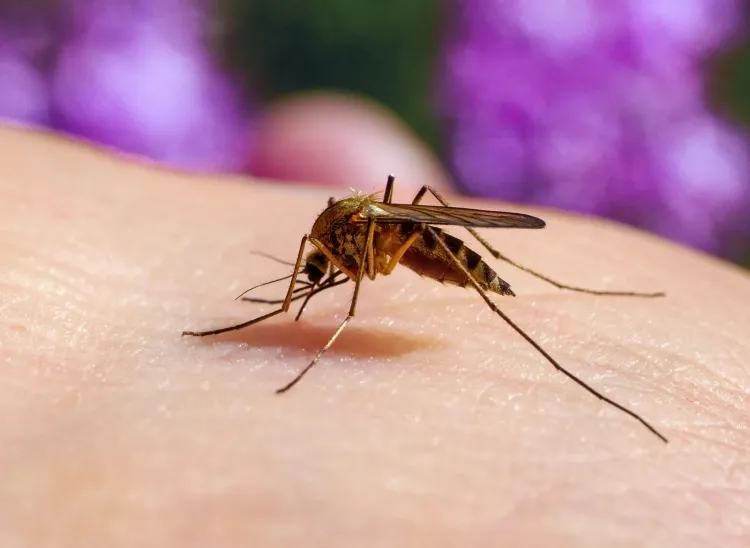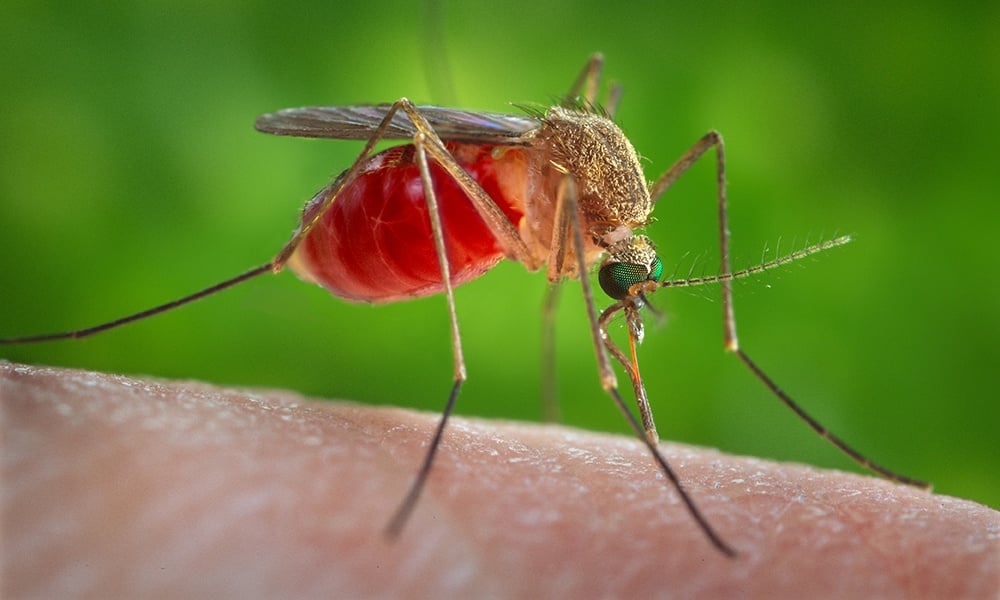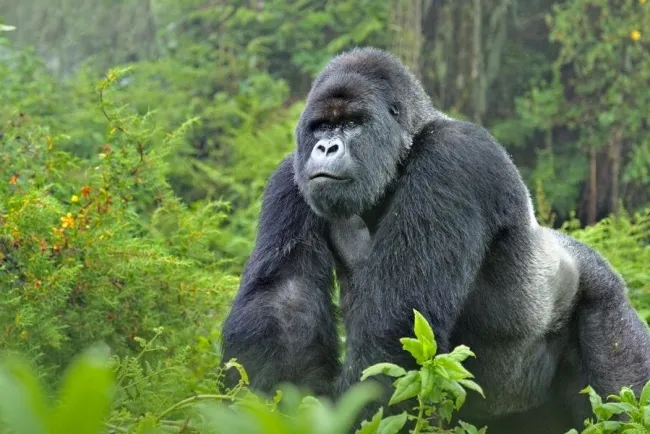Mosquitoes: Fascinating Yet Troublesome Insects...!!!
Mosquitoes, members of the family Culicidae, are small, flying insects known for their slender bodies, long legs, and characteristic buzzing sound. Although they are often regarded as pests due to their biting behavior and role in transmitting diseases, mosquitoes also play significant roles in ecosystems.

Physical Characteristics
Mosquitoes are small insects, typically ranging from 3 to 6 millimeters in length. They possess several distinct physical features:
-
Slender Bodies: Mosquitoes have elongated, slender bodies covered with tiny scales.
-
Wings: They have two wings also covered with scales. The rapid beating of their wings produces the characteristic buzzing sound.
-
Legs: Mosquitoes have long, thin legs that aid in their mobility and ability to land on various surfaces.
-
Proboscis: One of the most notable features of mosquitoes is their elongated proboscis, a needle-like mouthpart used for piercing the skin and sucking blood. Not all mosquitoes bite; only female mosquitoes feed on blood to obtain the necessary nutrients for egg production.
Life Cycle and Reproduction
Mosquitoes undergo a complete metamorphosis, consisting of four stages: egg, larva, pupa, and adult.
-
Egg: Female mosquitoes lay their eggs on or near water sources. Some species lay eggs in clusters called rafts, while others lay individual eggs.
-
Larva: When the eggs hatch, mosquito larvae, also known as wrigglers, emerge. Larvae live in water and feed on organic matter and microorganisms. They undergo several molts before transitioning to the pupal stage.
-
Pupa: The pupal stage, also known as the tumbler stage, is a non-feeding period of transformation. Pupae are also aquatic and eventually emerge as adult mosquitoes.
-
Adult: Adult mosquitoes emerge from the pupal case and rest on the water's surface until their wings dry and harden. They then fly off to find mates and, in the case of females, hosts for blood meals.
Behavior and Feeding
Mosquitoes exhibit a range of behaviors depending on their species. Female mosquitoes feed on blood from various hosts, including humans, animals, and birds. The blood provides essential proteins for egg development. Male mosquitoes do not bite and primarily feed on nectar and plant juices.
-
Host-Seeking Behavior: Female mosquitoes use a combination of sensory cues, such as body heat, carbon dioxide, and scent, to locate their hosts. They are most active during dawn and dusk.
-
Feeding Process: When a mosquito bites, it inserts its proboscis into the skin, injecting saliva that contains anticoagulants to prevent blood clotting. This saliva often causes itching and irritation.

Mosquito-Borne Diseases
Mosquitoes are vectors for several serious diseases that affect humans and animals. Some of the most notable mosquito-borne diseases include:
-
Malaria: Caused by Plasmodium parasites, malaria is transmitted by Anopheles mosquitoes. It is a major health concern in tropical and subtropical regions.
-
Dengue Fever: A viral infection transmitted by Aedes mosquitoes, dengue fever causes severe flu-like symptoms and can lead to dengue hemorrhagic fever or dengue shock syndrome.
-
Zika Virus: Also transmitted by Aedes mosquitoes, the Zika virus can cause birth defects in pregnant women and is associated with neurological complications.
-
West Nile Virus: Transmitted by Culex mosquitoes, West Nile virus can lead to severe neurological diseases such as encephalitis and meningitis.
-
Yellow Fever: Another viral disease transmitted by Aedes mosquitoes, yellow fever can cause fever, chills, jaundice, and even death.
Ecological Importance
Despite their role as disease vectors, mosquitoes play important roles in ecosystems:
-
Food Source: Mosquitoes serve as a vital food source for many predators, including fish, birds, bats, and other insects. Their larvae are particularly important in aquatic food chains.
-
Pollination: While feeding on nectar, mosquitoes contribute to the pollination of certain plants. This role, however, is relatively minor compared to other pollinators.
Control and Prevention
Given the health risks posed by mosquitoes, various strategies are employed to control their populations and prevent disease transmission:
-
Environmental Management: Eliminating standing water sources where mosquitoes breed, such as stagnant ponds, old tires, and containers, can significantly reduce mosquito populations.
-
Chemical Control: Insecticides and larvicides are used to kill adult mosquitoes and larvae. However, the use of chemicals must be carefully managed to avoid environmental and health impacts.
-
Biological Control: Introducing natural predators, such as fish and bacteria that target mosquito larvae, can help control mosquito populations.
-
Personal Protection: Using mosquito repellents, wearing protective clothing, and installing window screens can help reduce mosquito bites and the risk of disease transmission.
Mosquitoes are complex and highly adaptable insects with significant impacts on human health and ecosystems. While their role as disease vectors makes them formidable pests, their ecological importance cannot be overlooked. Effective mosquito control and prevention strategies are essential to minimize health risks while maintaining ecological balance. Understanding the biology and behavior of mosquitoes is key to developing sustainable solutions to manage their populations and reduce the spread of mosquito-borne diseases.
What's Your Reaction?
















